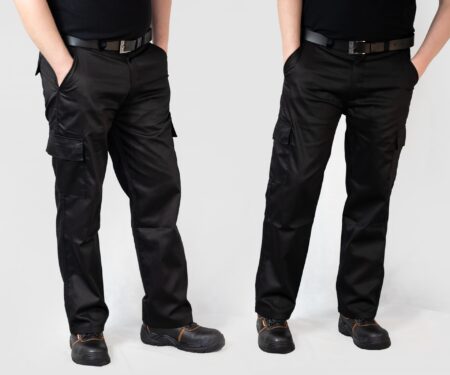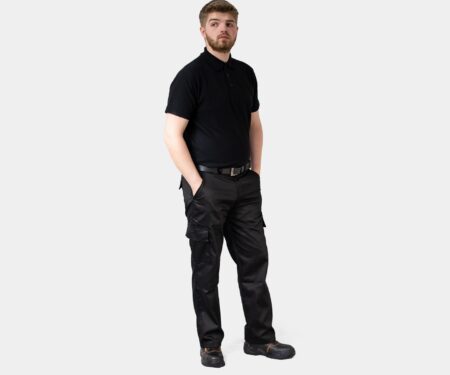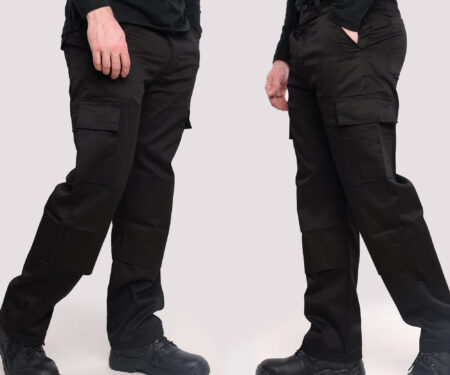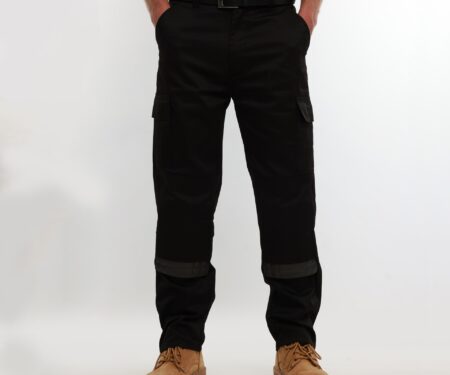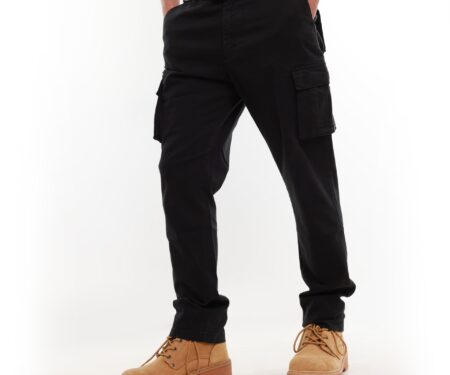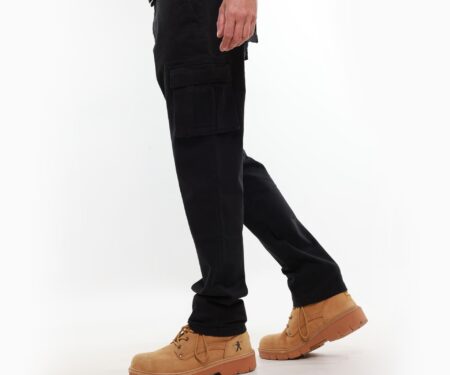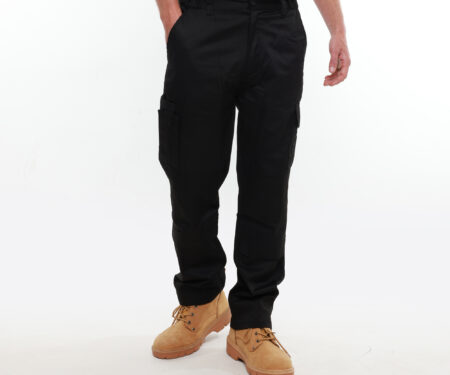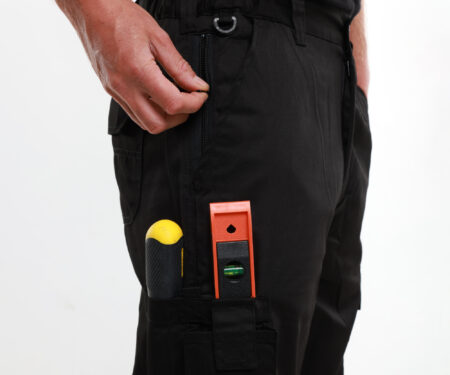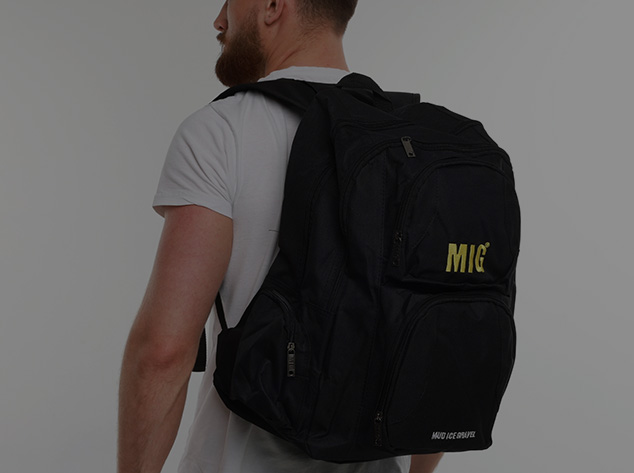Wearing a safety helmet is becoming the norm for so many workers around the UK. From warehouses to construction sites, the number of those wearing head protection has grown over the years.
In this article, we explain the key points about your safety helmet. This includes the history of the safety helmet and also the laws behind the safety helmet. We also cover the reason as to why they come in different colours.

But first, let’s look at the history of the safety helmet…
The history of the safety helmet
When construction workers were constructing the golden gate bridge in 1933, they became aware of the risk of falling rivets hitting the head. At this point, they quickly opted to wear a safety helmet to help protect them.
At the time they were made of aluminium, which in 1938 became the standard with exception of those in electrical applications. A few years later in 1940, aluminium was swapped with fibreglass as the most popular material, as it was more adaptable and usable.
Nowadays most head protection is made from thermoplastic, which is easy to mould and shape using heat. Because of this, the use of coloured plastics is becoming more useful, to learn more about that scroll down to “Colour Scheme”.
How does a safety helmet protect your head?
Most head protection is designed with a solid plastic exterior, a padded foam or harness interior to keep the head away from the plastic exterior. This inner foam/harness allows for the absorption of the kinetic energy through an impact. Some head protection is designed with a chin strap to help secure the safety helmet to the head.
Other features can include sweatbands, chin strap padding, detachable visors and much more.
Why not wearing a safety helmet is dangerous!
A safety helmets core function is to reduce impact of falling objects.HSE mention a story of a 61-year-old worker who wasn’t wearing the correct safety helmet. This led to a serious injury. See the quote below.
A 61-year-old worker suffered severe brain and spinal injuries after a 14ft fixed box pillar he was removing fell on his head. The worker was not wearing a hard hat. He was in hospital for more than 6 months and is now permanently disabled and has difficulty speaking and moving. He is unable to work and requires full-time care due to the severity of his head injuries. The incident could very well have led to his death. The company was fined £14,000 and ordered to pay prosecution costs of £6808.
Source: http://www.hse.gov.uk/pubns/cis70.pdf
The laws behind the safety helmet
There are multiple laws & standards for head protection. In the UK these are enforced by HSE (Health and Safety Executive). Head protection was first introduced under Personal Protective Equipment Regulations 2002 and the Personal Protective Equipment at Work Regulations 1992.
These laws outline the basic understanding of PPE and also the uses of PPE in a workplace. Whereas the standards listed below outline what requirements are needed for each type of head protection.
EN 397
This standard was initially created in 1995 and superseded in 2012. The 2012 standard outlines some basic identification which needs to be on the shell of the safety helmet. Alongside this identification, this safety helmet must have attachment points for a chinstrap.
Information such as:
Must
- Size
- Year of manufacture
- Descriptive label
- Materials used
Optional
- Low temperature limit
- High temperature limit
- Electrical insulation
- Testing for lateral deformation
- Resistance against molten metal splashes
EN443
This standard is designed for helmets specially made for firefighters. This standard was introduced in 1997 with a modified version being released in 2008, alongside this standard sits another, which outlines face shields and visors for firefighters (EN 14458). Like the previous standard the helmet must have identification on the shell which must include but not limited to the following:
- Year of manufacture
- Type of Helmet
- A. Protects dome of the skull
- B. Additionally protects the sides of the head
- A3b. Protects dome of the skull and the frontal chin region
- B3b. Additionally protects the sides of the head
- Size
- Temperature limit
- Electrical insulation when wet
- Surface electrical Insulation
- Resistance to liquid chemicals
EN812
EN812 is a standard which was introduced in 1997 and revamped in 2012. This standard outlines the requirements for industrial bump caps. All items covered under this standard need to clearly display information listed below:
Must
- Size
- Year of manufacture
- Descriptive label
Optional
- Low temperature limit
- Electrical insulation
- Resistance to flame
EN14052
This standard is intended for high performance industrial safety helmets. It was first introduced in 2005 and later amended in 2012. Like all head protection standards, safety helmets need to have a list of specifications on the helmet.
Here is a list of those specifications:
Must
- Size
- Year of manufacture
- Mass of helmet
- Descriptive label
- Materials
- If chinstrap is supplied
Optional
- Low temperature limit
- High temperature limit
- Electrical insulation
- Resistance to radiant heat
- Molten metal splash resistance
Source: http://www.hse.gov.uk/foi/internalops/oms/2009/03/om200903app1.pdf
CE Marking
CE markings are a must amongst PPE within the UK. A CE marking is set to show that the item complied with EU legislation. This is a required marking for all PPE items sold within the UK, this is something that is included at the manufacturing stage. For safety helmets usually located on the inside, but will be clearly visible.
Colour scheme
A colour scheme has come to be considered as the norm throughout the workplace. Safety helmets also adopt a general colour scheme on site in the UK.
- Black = Supervisors
- White = Site Manager
- Orange = Signaller
- Blue = Staff/Visitors
- Yellow = Used by many
Yellow is the standard colour when it comes to safety helmets, often the easiest to find and most commonly used. Whereas orange is a popular colour amongst the railway community as they do not adopt the above scheme. The railway community has their own colour scheme, as do many other workplaces.
Care & maintenance
Maintaining your safety helmet is vital in both ensuring effectiveness and cleanliness. Like most companies sharing PPE is commonplace, sharing a safety helmet is no different. When sharing safety helmets cleanliness’s is vastly important to stop the spread of bacteria.
Here are some quick ways to ensure you are for maintaining your safety helmet.
- Use soap and water or anti-bacterial wipes to keep the helmet clean.
- Check for scuffs & abrasions regularly ensuring a replacement is made once found.
- At a minimum, your safety helmet should be replaced every five years.
- Keep your safety helmet out of direct sunlight and avoid temperature changes.
In the event of an impact, the safety helmet will need to be replaced without delay. This helmet can have serious damaged that is not visible and should not be re-used.
The future of the safety helmet
Recently multiple manufacturers are brought out a new style of hard hats. These new hard hats are made from a translucent material, this allows for a fairly clear view through the rim or top of the hard hat. The material still comes in a variety of colours with all of them having the same translucent design.
The core feature of the translucent design is to remove the need to look up by tilting the head. When tilting the head the face becomes exposed to the falling object, making the hard hat non effective. When using the new style of hard hats you no longer need to tilt the head, being able to see through the rim of the hat removes that need.
Other types of safety helmets include far more advanced features, such as heart rate monitors, communication devices, special visors and much more. These features are most commonly used by the military, however these features may soon make their way into the mainstream.

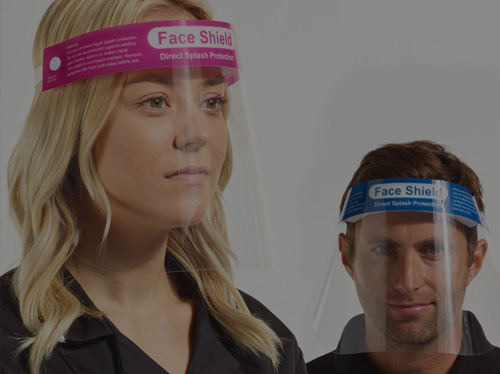

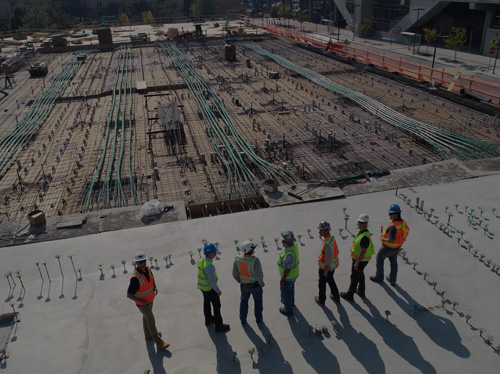


![clearpay1]](https://www.siteking.co.uk/wp-content/uploads/2023/03/clearpay1.jpg)
